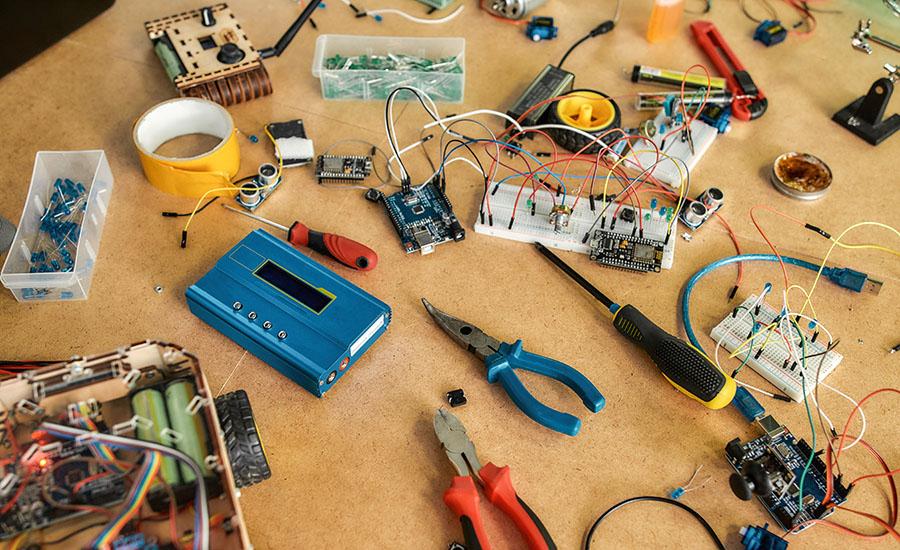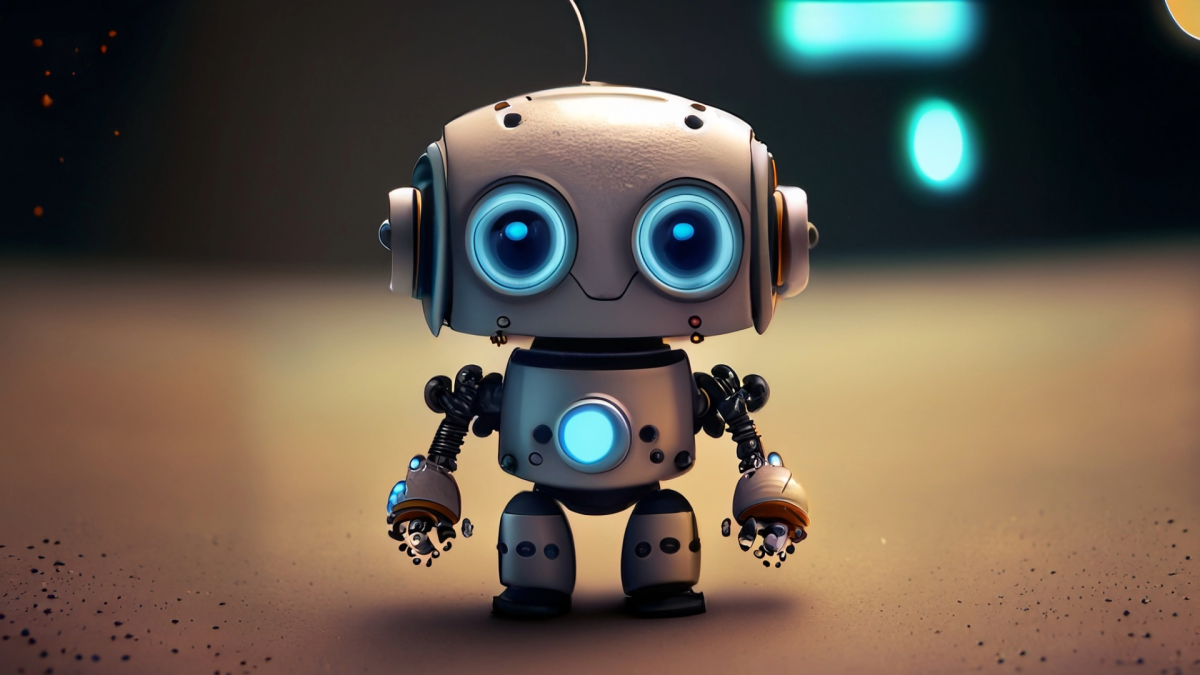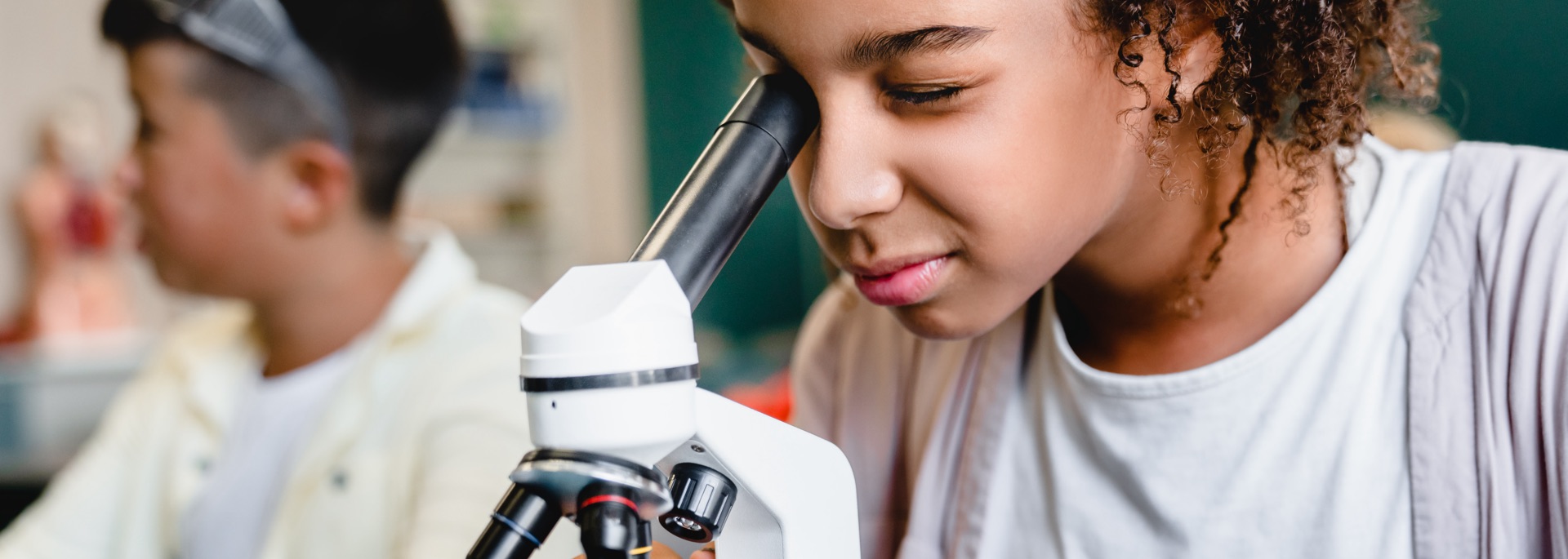This is part two of a two-part lesson set. In this lesson, students will conduct test flights on their rockets, gather and analyze their flight data, and make improvements based on the results. They
This is one lesson in a two part lesson set. In this first lesson, students review balanced and unbalanced forces in preparation for how these forces apply to rockets! They will then research rocket
The students will be working and pretending that they work for an engineering company that is designing a bridge. The Department of Transportation wants to see a model of the bridge, so they will be
Students are put into groups of 3 or 4. As a group they create an animal cell model and then create a slide show naming and describing the organelles of an animal cell.
This lesson can be used to help introduce the idea of forces acting on objects at a distance. The focus of this lesson will be on magnets and magnetic force fields. This can then be used to help
How can you get objects from one location to a specific dropping point using a cable? Students utilize the Engineering Design Process and their learning of Newton's Laws of Motion, slope, mass and
Engineering of the traditional and contemporary Navajo/Diné Hogan using the sun's light to produce electricity. Students create a model of the Navajo/Diné hogan and incorporate solar energy concepts.
In this lesson, students will create their own golden record that may travel throughout our solar system and beyond. The Golden Record acts as a time capsule and students collaborate which popular
Students will construct a rocket by exploring the relationship of the mass in the nose cone to the success of a launch. Students will learn about "center of mass' and how to find it, as well as the
Notes Prerequisites: This lesson requires prior experience with Edison Robots. Context: This lesson can be taught to a single class or used in an after-school coding/robotics club. Students should be
Featured Lesson Plans
Check out these notable lesson plans.

This is the 2nd lesson in a series of 3. In this 8-week project, 6th-grade students will collaborate in small groups to create eco-friendly inventions that aim to reduce their carbon footprints and

This is the 1st lesson in a series of 3. 6th-grade students will work in groups to create eco-friendly inventions that help the environment and tackle climate change. They will research ideas, make

Introduction to Edison Robots
This outstanding lesson guides students through an introduction to Edison Robots. Students will learn the basic features and sensors while exploring barcode programs. The slideshow and a custom
